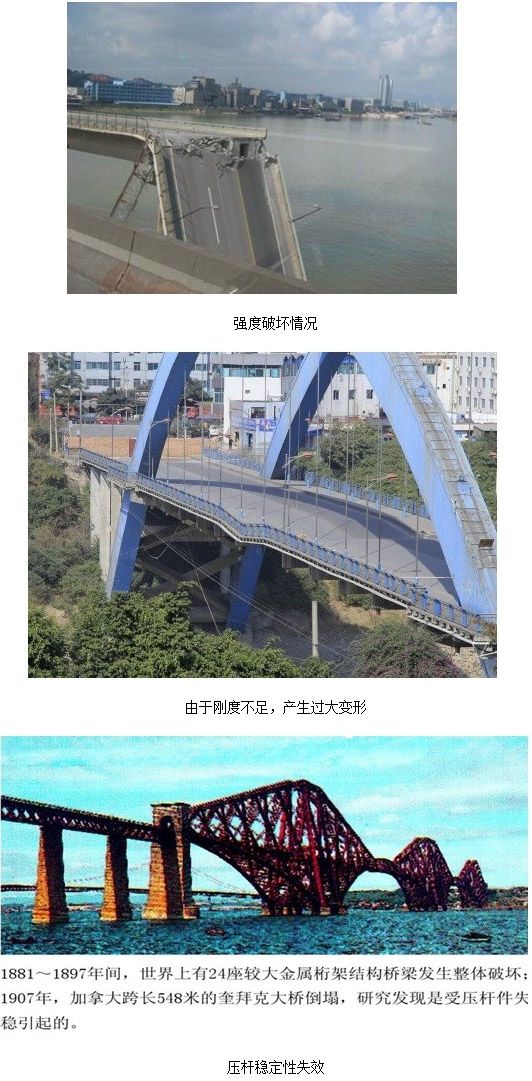Chen Shiwen, a photovoltaic technology engineer of Athanon New Energy, will systematically explain the structural analysis of the support system to help the sales staff to select the support system and the overall design more accurately when performing roof arrangement.
First, the introduction of stent system
The solar photovoltaic support system is a special bracket designed for placing, installing, and fixing solar panels in a solar photovoltaic power generation system.
Bracket system, divided from the material, there are three kinds of concrete stents, steel stents and aluminum alloy stents.
Concrete supports are mainly used in large-scale photovoltaic power plants. Because they are self-contained, they can only be placed in the wild and have a good foundation, but they have high stability and can support huge-sized panels.
At present, distributed photovoltaics are mainly used for steel structures and aluminum alloy brackets.
The steel structure bracket has stable performance, mature manufacturing process, high bearing capacity, easy installation, excellent anti-corrosion performance, beautiful appearance and unique connection design, convenient and quick installation, and simple installation tools. Steel and stainless steel components with structural anti-corrosion materials. In more than 20 years.
Aluminum alloy brackets are generally used in solar applications on residential rooftops. The characteristics of aluminum alloy are corrosion resistance, light weight, beautiful and durable. The disadvantage is that it has low bearing capacity and cannot be used in solar power plant projects.

Bracket system design requirements
1, security
The structure can withstand the various effects that may occur during normal construction and normal use, and the overall stability that can be maintained when and after accidental events of design regulations occur.
2. Applicability
In normal use, it has good working performance. For example, there is no excessive deformation that affects normal use.
3, durability
Since the components have a 20-year warranty period, our brackets will need the same warranty period. Under normal maintenance, the structure has sufficient durability, such as weathering, aging, and corrosion of the material does not exceed a certain limit.
Second, design ideas and processes
First of all, choose the stent scheme. This lecturer chose to use the 10 degree self-weighted stent system as an example for performance analysis.
Then load evaluation and load combination are performed on the stent scheme. By combining and designing the following fixed load, construction load, wind load and snow load, the design load value is finally obtained.
By introducing the design load value and model into the numerical software for simulation and analysis, an optimization scheme and a reinforcement scheme are finally presented.
Third, design load calculation
The calculation of the design load is mainly based on the "Load Code for Building Structures"
1. Load form: permanent load, live load, crane load, permanent load, live load, temperature effect, accidental load (mainly consider permanent load, live load, permanent load, live load)
2. Combination type: basic combination, accidental combination, standard combination, frequent combination, and quasi-permanent combination (mainly considering basic combination and standard combination)
3. Equivalent load: Equivalent uniform load, equivalent static load
The load equivalence mainly passes the actual theoretical concentration force through the equivalent scheme, and makes it be analyzed as a uniformly distributed load. The equivalent uniform distribution load and the equivalent static load are mainly used.
Considering these loads comprehensively, hazardous conditions are obtained, and all hazardous conditions are introduced into numerical software to analyze structural performance.
Fixed load (G) Component mass (including frame) GM + Stent weight G2+ Other GK2
PV module quality GM =18.5kg*9.81=181.5N
The brackets and other accessory structures are stainless steel structures with a density of 7850kg/m3
Stent weight G2=0.367*9.81=3.6N, G3=0.336*9.81=3.30N
Cement weight weight Gc=0.82*0.12*0.12*2500*9.81=257.5N
The live load (L) has a standard value of 200N for the live load.
Wind pressure load (W)
The standard value of wind load acting vertically on the PV module when downwind is Wk1=345.32N/m2
The standard value of the wind load acting on the PV modules perpendicular to the wind is Wk=-748.2N/m2
The snow load (S) snow load standard value is Wk=-200N/m2
Finally get two sets of values, condition 1 positive wind combination load: F=1321N condition 2 leeward combined load: F=-1520N
Fourth, finite element calculation
Finite element, the use of mathematical approximation method to simulate the real physical system (geometry and load conditions).
Structural mechanical performance analysis content: strength, stiffness, stability, fatigue analysis and modal analysis.
Fatigue analysis is carried out for cyclical repeated loading analysis. For our PV brackets, fatigue analysis is not required. Therefore, we will focus on the analysis of strength, stiffness, and stability.

All three situations require attention and analysis.
For the self-weighted system, the overall stability must be analyzed first. The self-weighted system belongs to the foundation-ground non-fixed system. The lateral and vertical constraints depend on the friction and gravity between the ground and the cement compact. The role of anti-slip stability analysis and anti-overturn stability analysis.

By analyzing the whole and individual components separately, the design bracket can meet the design requirements and can be used.
Automatic Air Hose Reel,Auto Rewind Air Hose Reel,Self Retracting Air Hose Reel,Air Compressor Retractable Hose Reel
NINGBO QIKAI ENVIRONMENTAL TECHNOLOGY CO.,LTD , https://www.hosereelqikai.com
